Each of us by nature has a certain hair color. But what if you want to change it: make it brighter, darker or brighter? How to guess with tone, because what emphasizes the dignity of one person is contraindicated in another. This will help us know about color and the rules for choosing shades.
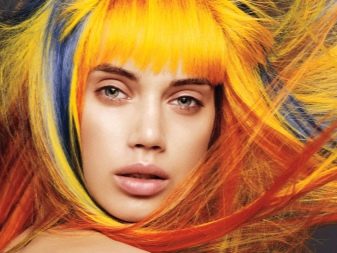
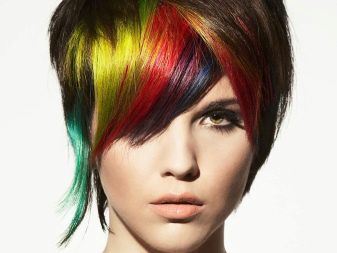
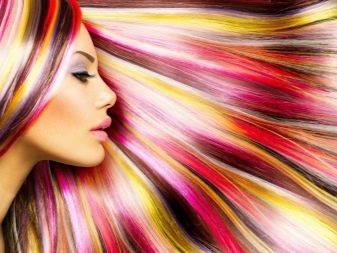

What it is?
Hair coloring is not only a change in their tone. This is a rather complicated process, which follows the laws of physics, chemistry and color. But today we will not delve into the physicochemical “jungle”. We are interested in the study of color and everything connected with it.
Color science is called the science of color, it includes knowledge of its origin, about which shades are considered basic, and which are composite and complementary. She teaches us the correct mixing of tones, harmonizing the image with their help, reveals the secrets of the meaning of each color from a psychological and cultural point of view. .
When choosing the optimal hair color, color circles are used that are used in art, and each new mikston is created according to all the rules of subtractive color mixing
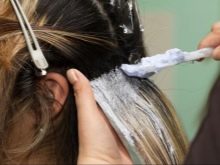
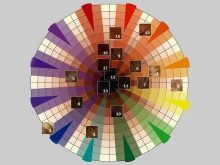
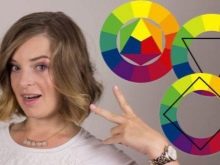
Basic Rules
The first to create a color wheel and give it a name was the world-famous scientist I. Newton. His system included 7 colors of the rainbow. Goethe later proposed his own version with six shades: the main ones were red, blue and yellow, and the additional ones were green, purple and orange. Itten's 12-color circle is also known. V. Oswald went the furthest, having developed a system consisting of 24 colors. However, all these coloristic “helpers” have similarities:
- the main colors are red, yellow and blue;
- colors-achromats are excluded from circles.

Now let's talk about how new shades are created, and consider the basic laws of mixing in relation to hairdressing.
- The tones that are to the right and left of what is at the top of the triangle will be in perfect harmony with each other.
- To neutralize the unwanted shade obtained by bleaching, you need to use the color that is located in the circle exactly opposite it. For example, you got a yellowish tone, which means we look at the diagram and see that purple is opposite the yellow one. Now it becomes clear why all the balms and tinting agents to neutralize yellowness have this color.
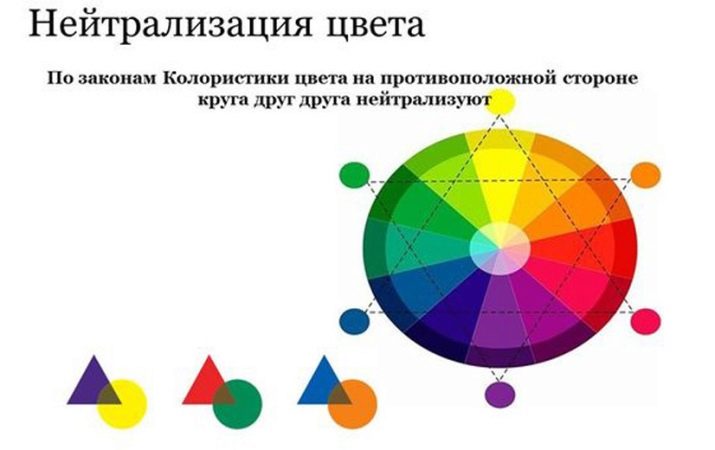
On the Internet, you can find many tables for mixing colors to get a certain tone. We present to your attention one of them.
Desired color | The colors used to obtain it |
Reddish chestnut | Red + brown + black |
Redhead | White + Orange + Brown |
Burgundy | Red + Brown + Black + Yellow |
Crimson | Blue + White + Red + Brown |
Plum | Red + White + Blue + Black |
Chestnut | Yellow + Red + Black + White |
Honey | White + Yellow + Dark Brown (Chocolate) |
Chocolate | Yellow + Red + Black + White |
Copper gray | Black + White + Red |
Egg blond | White + Yellow + Brown |
Golden brown | Yellow + Red + Blue + White |
Medium brown (light brown) | Yellow + Red + Blue + White + Black |
Light brown | Yellow + White + Black + Brown |
Gray mother of pearl | White + black + a drop of blue |
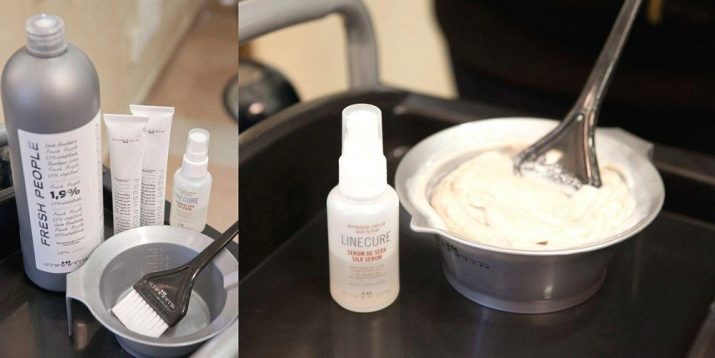
note that the table shows a mixture of bright colors to get the usual colors for us. The proportions of each of them will vary in each case, depending on the wishes of the client with regards to the saturation of the final color. Allocation of the 3 primary colors out of all the available colors is explained by the fact that everything around (and hair is no exception) contains precisely these colors in the colors. Only the saturation of each varies. The generally accepted numbering system for color levels looks like this.
- Unit - it's black, a dozen is the lightest blonde.
- 1 to 3 the predominant is blue, contains a little red tint, almost no yellow. Received tones: chestnut, dark brown and their shades.
- 4 to 7 the level is dominated by red, and yellow and blue are presented a little bit. In this category, you can get many shades of various saturation.
- 8 to 10 yellow comes first. Other colors are excluded.
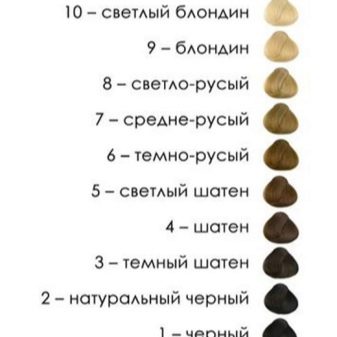
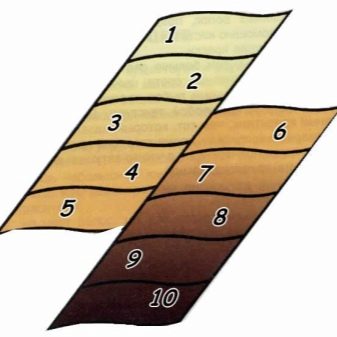
And now we will learn to “read” hair dyes by their numbers. Most often on the packaging you can see 1, 2 or 3 digits. We give their decoding.

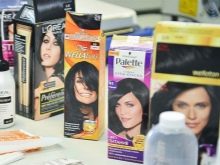
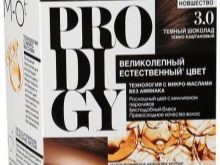
The number 1 means the naturalness of the color and its depth:
- 1 - black;
- 2 - a very dark chestnut;
- 3 - dark chestnut;
- 4 - chestnut;
- 5 - light chestnut;
- 6 - dark blond;
- 7 - light brown;
- 8 - light blond;
- 9 - very light blond;
- 10 - almost blond.
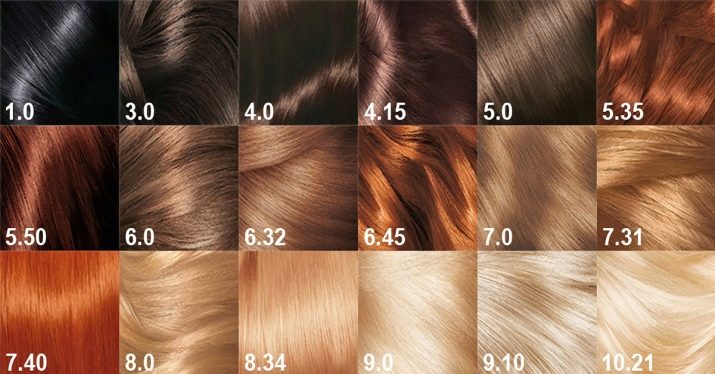
Among manufacturers there are those that produce products with numbers 11 and 12 - they mean bleaching dyes. If you see only one number on the package, this means that the tone refers to natural, without impurities. However, most products are numbered with a two- or three-digit number.


Number 2 - the main color of the dye:
- 0 - natural;
- 1 - there is blue with an admixture of violet (ashy tones);
- 2 - there is a green pigment (matte tones);
- 3 - yellow with orange (golden tones);
- 4 - there is a shade of copper (reddish tones);
- 5 - included red and purple (mahogany);
- 6 - there is blue and purple (shades of purple);
- 7 - there are red and brown ("Havana").
Note that 1 and 2 are “cold”, 3-7 are “warm”.
Number 3 (if available) suggests that the dye has one more tone, however, its amount is half that of the main one.
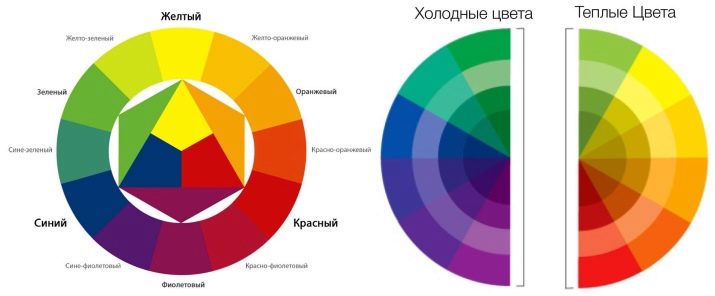
How is one or another color obtained under the influence of a dye? The fact is that in our hair there is initially some kind of natural pigment (with the exception of albino people). For its saturation, eu- and pheomelanin are responsible. The more eumelanin in the composition, the darker the shade. Coloring compositions contain an oxidizing agent that destroys both types of melanins. From here comes the concept - the background of clarification, that is, the final hue resulting from staining. For a clearer understanding of the term, we give an example: the curls were bleached and turned red, respectively, the lightening background was orange.
Below is a table to neutralize the background lightening.
Lightening background | Catalytic converter | Qty |
Very light yellow | Purple | 0,5 |
Light yellow | Purple | 0,5 |
Yellow | Purple | 1 |
Yellow orange | Blue and purple | 1,5 |
Orange | Blue | 2 |
Red orange | Blue and green | 2,5 |
Red | Green | 3 |
Red brown | Not required | - |
Brown | Not required | - |
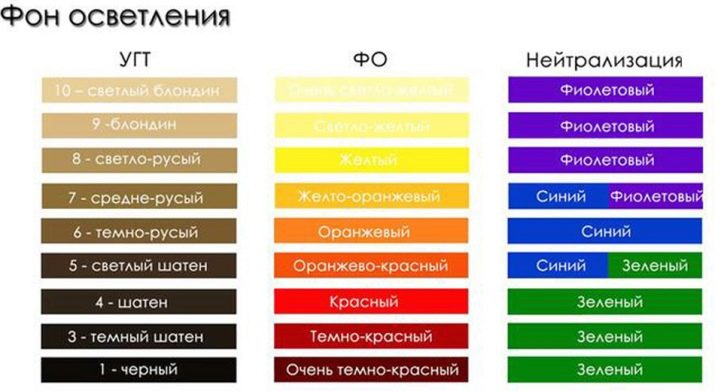
Rules of neutralization:
- the amount of neutralizing composition is indicated per 60 grams of dye;
- to get green, mix blue and yellow in a 1: 1 ratio;
- 1 gram of composition = 2 cm (when squeezed out of a tube).
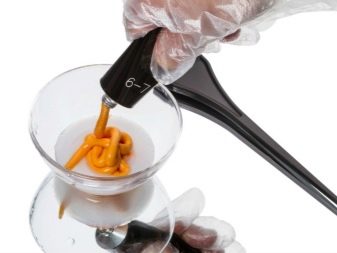
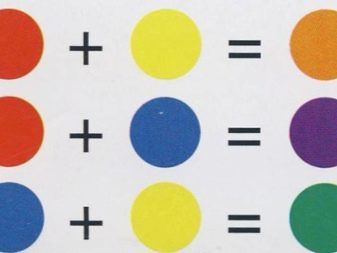
Shade selection
Surely your question has already ripened: how to choose a color that is ideal for you? Of course, you can visit the hairdresser, where the master stylist will show you a table of shades and by mixing colors and colors will create a suitable tone for you. However, a more competent specialist will offer a more complicated way, which will lead to a better result. We are now talking about considering the individual features of your appearance, each of which will be discussed below.
- Color type. Each woman at least once passed tests on the Internet to determine the color type. The result was “autumn”, “winter”, “summer” or “spring” with the subtype of “cold” or “warm”. There, most likely, you read the recommendations regarding the selection of a color palette in clothes and makeup. But the same applies to the shade of hair. A competent hairdresser-stylist will be able at a glance to determine who you are by color, and what will suit you, and what is contraindicated.
With an independent choice of the tone of the paint, there is a risk of mistakes.

- Age changes. Remember the conventional wisdom that "black is aging"? In fact, if you are a burning brunette by nature, then he cannot age you a priori, since both your skin color and the shade of the iris of the eye “work” in tandem with a shade of hair, and even wrinkles in this case are not a hindrance. Visually add age and take away the natural brightness can be any wrong color. Therefore, ladies in age are always recommended to focus on the natural shade when painting. Choose preferably pastel colors without enhanced brightness.
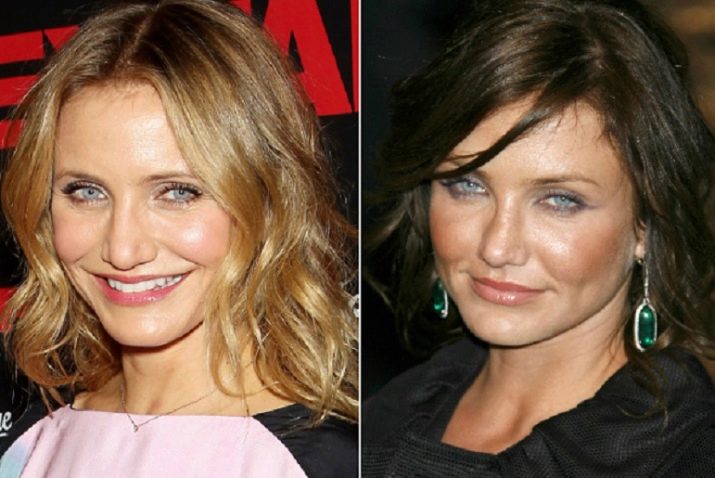
- Naturalness and harmony of the image. Continuing the theme of a natural brunette, imagine her, painted in blonde! It at least looks strange. Of course, you probably saw similar examples even among Hollywood stars. But we do not recommend such cardinal experiments to you - there is a risk that the result will shock you and your hair will be damaged.
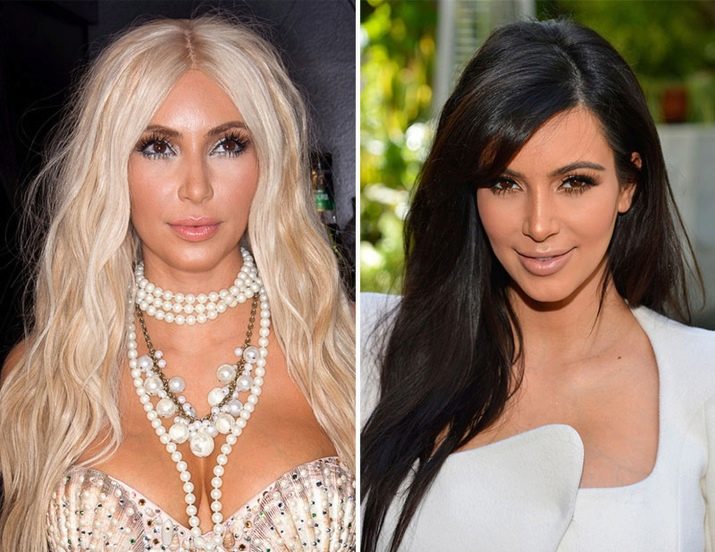
- Hair condition. When changing colors even by one tone, always consider what condition your hair is in now. If the curls are dull, the tips of the hair rods resemble a brush, they break and look sick - it's time to do their nutrition and treatment. Drink a course of vitamins, make nutritious masks, cut off the cut ends and only then proceed to staining.
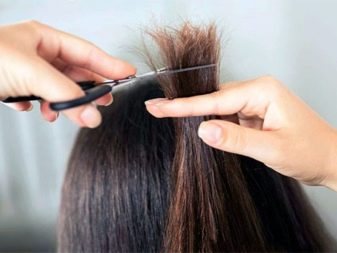
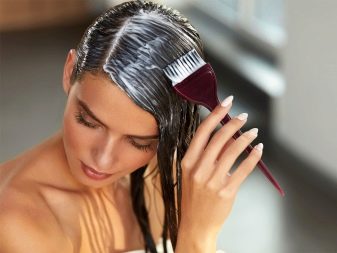
- Maintaining a shade of hair. If a compound mikston was used at the first change in hair color, it will be difficult to create it again in the same proportions. Overgrown roots will begin to remind you to re-stain.The only way out in this case is to ask the specialist who conducted the first procedure to write down the proportional ratio and the digital designation of the dyes used. Then even if you don’t have the opportunity to go to the same master for dyeing, you will have a “memo” on your hands, thanks to which any other hairdresser-colorist will mix a suitable mikston.
For home staining with a product from the mass market, your “lifesaver” will be to save the box from under the used product and purchase the same subsequently.


Let's talk about self-painting a house. Many women, buying ready-made dyes, hope that the final shade matches exactly what is presented on the package. In fact, this does not always happen. Here you need to take into account the initial color of the hair, whether it was dyed earlier, how much time has passed since the last procedure.
Therefore, the best that can be offered in this case is to consult a master colorist, he will surely be able to give you recommendations regarding the choice of dye even among the products of the mass market.
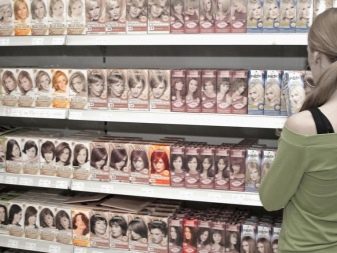
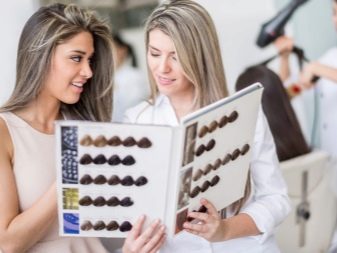
Staining Features
To achieve the best result when dyeing hair (both standalone and salon), you must clearly answer one question, namely: what do you want to achieve in the end? And there are 2 options, each of which has its own characteristics.
- Shading gray hair. In this case, you will need persistent dyes containing ammonia. It is very important to choose a shade, observing the exposure time of the product on the hair and subsequent care. Most of the products from supermarkets are just ammonia-containing, but you should still carefully read the information on the package, specifically regarding gray hair coloring.
Gray hair is an empty hair. Imagine how strong the dye should be in order to fill the rod from top to bottom and fix in it! Consider this when choosing a product.
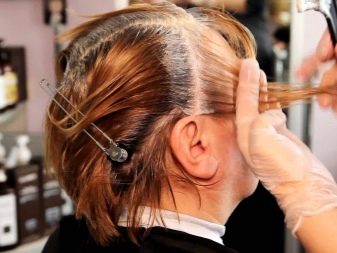

- Changing the natural shade or enhancing its intensity. Here is a slightly different situation. If you want to change the hair tone by 1-2 units, then you can choose ammonia-free paint - both publicly available and professional. It is advisable to consult with a specialist anyway, especially if you want to get a shade lighter than the existing one. If you want to radically change your color, for example, into a blonde from a brown-haired woman, you will need to first bleach the hair, and you can’t do without a hairdresser. Of course, if you value the health of your hair and do not want to get an unexpected surprise.
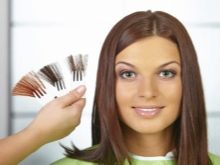

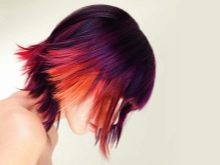
Professionals Recommendations
The best hairdressers-colorists act as follows: they carefully look at the client, determining his belonging to one or another color type. Then there is a "heart-to-heart talk", during which the preferences and expectations of the visitor are clarified. And only after that the master recommends this or that color. To be “in the subject” and understand what a stylist will talk to you about, we offer to find out about those “starting points” from which it will repel, and which you should pay attention to in order to make a correct query for the result.
- Consider your color type. This has already been said before, but it’s never too late to repeat, because this item is really very important and includes 2 steps: determining “temperature” (“warm” or “cold” type) and contrast. The first will tell you which shade of hair will best emphasize the advantages of appearance, the second - whether it is necessary to “strengthen” facial features by adding contrast, or it would be better to soften them.
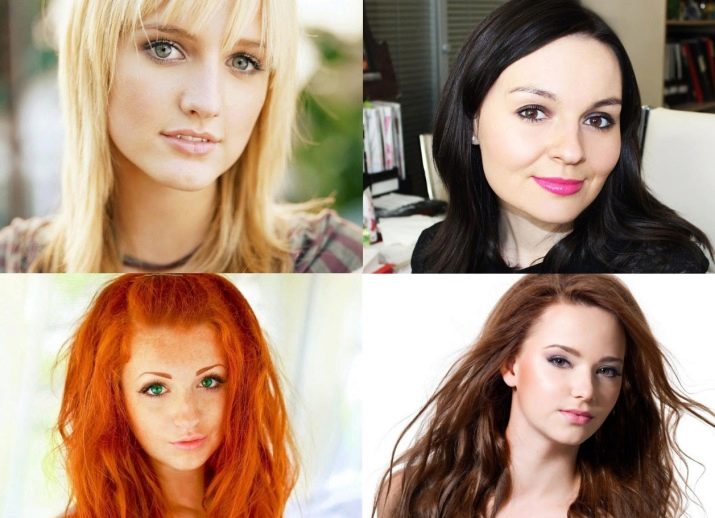
- Features of the skin. It is advisable to come to the master without makeup. He will look at his face in intense light and tell you what imperfections a particular color will emphasize, and what advantages he will highlight.After the analysis, the optimal shade will be chosen or heterogeneous staining will be proposed: highlighting, coloring, balayazh, ombre and other options.
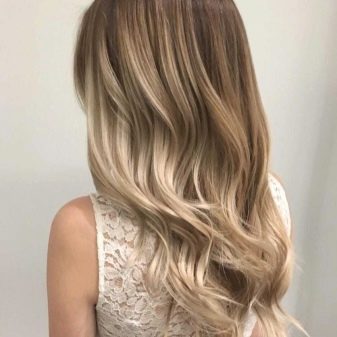
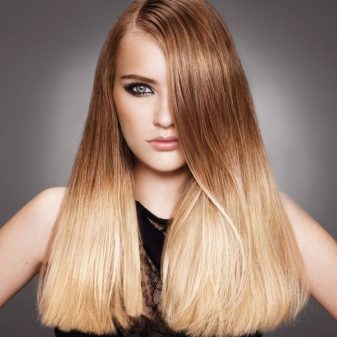
- Self-expression. Choosing the right tone, in any case, you can imagine how it will look at you. Perhaps it is “for a new color” that you want to change your wardrobe as well, start a new way of painting and styling your hair. Therefore, before visiting the colorist, select the 2-3 best, in your opinion, shades and comment on your choice, giving a few arguments. The wizard will appreciate the possibility of translating your ideas and help to adjust them.
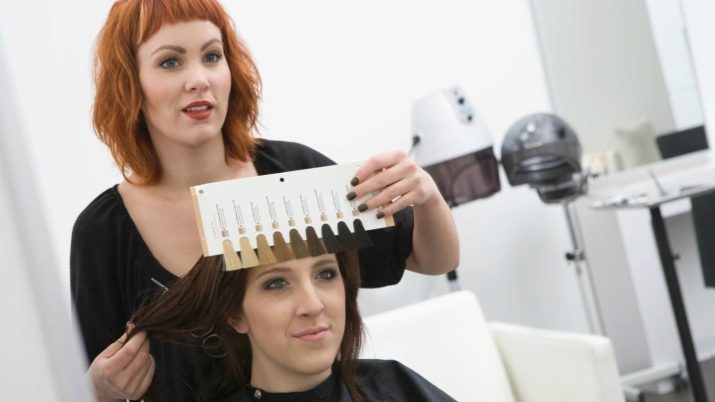
See the video below for the basics of color.










